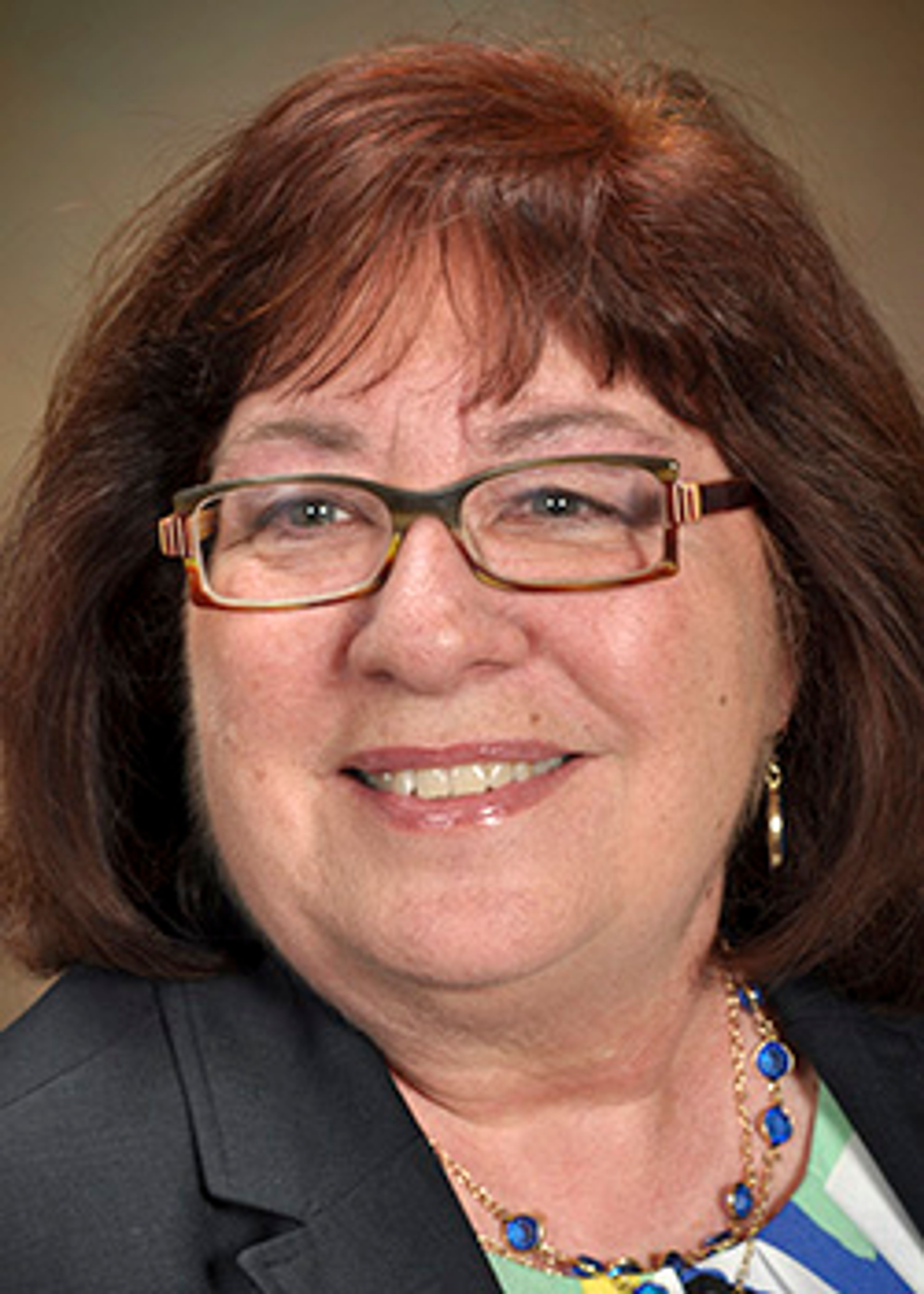Her View: Where have all the doctors gone?
There’s never been enough doctors in rural Wyoming, where I live, but a shortage of obstetricians is now increasing the risks for pregnant women across the state — and the nation.
In the last decade in Wyoming, three hospitals have closed their maternity ward. That includes Rawlins, where pregnant moms now have to risk travel on Interstate 80 — notorious for weather-related closures — to deliver their babies in Laramie, 100 miles away.
But Wyoming isn’t the only state to face inadequate maternal care: Less than half of the rural hospitals in America even offer labor and delivery services.
Gwenith Wachter has experienced this erosion firsthand. She first gave birth in her hometown of Riverton, Wyo., back when the local hospital was a bustling place with a well-seasoned staff. By 2016, the for-profit hospital’s owner had closed its labor and delivery unit. Five years later, when her last child was arriving, she had to travel 26 miles to Lander, the closest birthing facility. Today, her county of Fremont, a New-Hampshire-sized area home to 40,000 people, has gone from two birthing hospitals and many obstetricians, to one delivery facility and a single pregnancy doctor for the general population. The trend prompts women in increasing numbers to travel out of the county to give birth — an expensive and logistically challenging option. “I just think it’s insane,” Wachter said. “It puts women at risk.”
The statistics bear out her observation. Women who live farther from delivery hospitals are more likely to experience adverse medical outcomes, such as requiring neonatal intensive care.
But with traveling doctors and nurses filling the on-call schedule gaps, Fremont County has it better than some other rural counties, because at least it has a birthing facility. Keeping one going is complicated by factors like the unprofitable nature of deliveries for hospitals and burnout of medical staffers.
In an unfortunate “Catch-22,” robust health care is a key ingredient in creating the local jobs and tax revenue that in turn, drive patient volume and support the economics of rural communities. Worse, said University of Wyoming professor and midwife Esther Gilman-Kehrer, without enough staff, “I would envision that at some point we’ll see deaths.”
Women who received no prenatal care at all are showing up already in labor at Fremont County general hospitals, according to nursing staff. Add that to the prevalence of risk factors like diabetes, substance abuse and high rate of travel, and the chance of a bad outcome grows.
Wyoming’s maternity-care gap, however, is not the state’s issue of highest concern — not by a long shot. It competes with other challenges such as high suicide rates and declining coal mining revenues. Many lawmakers also appear more interested in hot-button social issues like school library policies. People outside of the childbirth realm express shock when I tell them that health care for women has sharply deteriorated.
The state has begun to take notice. An obstetrics subcommittee of Gov. Mark Gordon’s Health Task Force is working to gather data on doctor shortages. An effort to create a maternal health strategic plan could spring from a University of Wyoming program. What’s known is that many factors, including more livable schedules and the chance for better pay offered at city hospitals, make it difficult to attract promising medical professionals.
Another issue is a pair of abortion bans held up in litigation. The Wyoming Legislature argues that while the state constitution guarantees residents the freedom to make health care choices, those choices don’t include abortion because “abortion is not health care.”
Will good solutions come fast enough? From 2018 through 2020, 13 Wyoming women died during pregnancy or within one year after the end of their pregnancy, according to the state health department. All six pregnancy-related deaths were deemed preventable.
Meanwhile, maternal mortality more than doubled in the United States from 1999 to 2019, putting us far behind other first-world countries.
It’s a fundamental experience for women to have a baby, yet even in the smoothest case, there are lasting implications for women’s bodies. It’s time to stop shrugging the matter off and start treating maternity care with the gravity it deserves. The health of mothers is absolutely central to healthy families and thriving communities.
Klingsporn is a contributor to Writers on the Range, writersontherange.org, an independent nonprofit dedicated to spurring lively conversation about the West. She lives in central Wyoming and recently wrote a series about Wyoming’s maternal care shortage for WyoFile.








